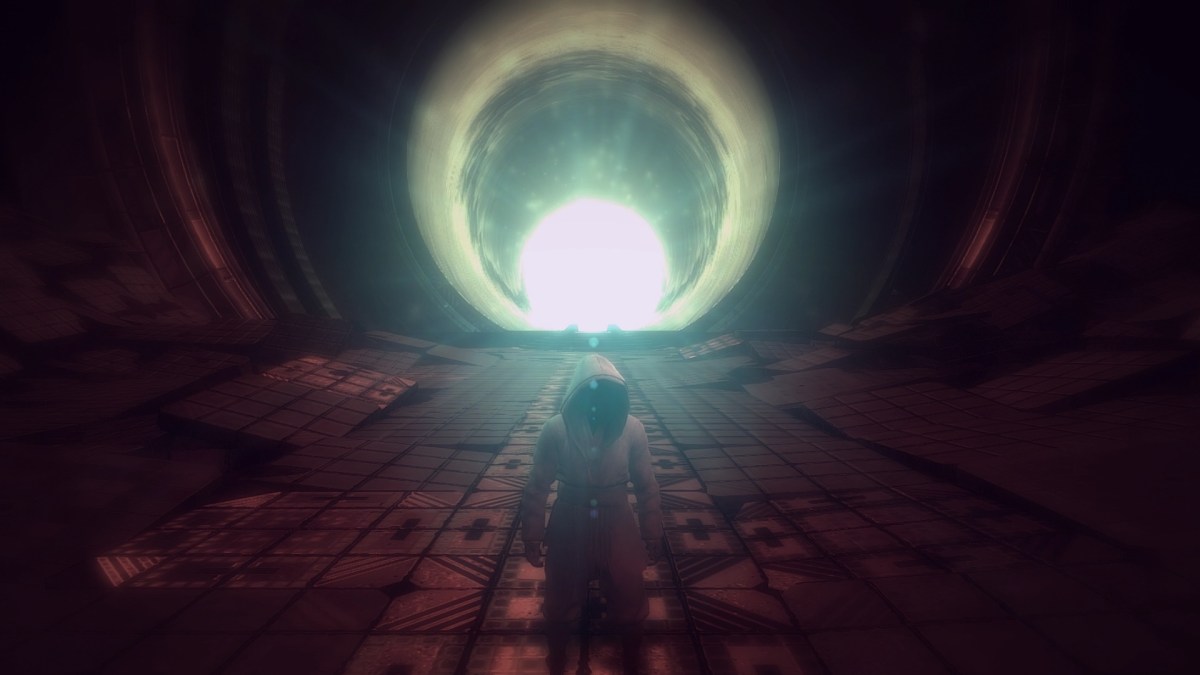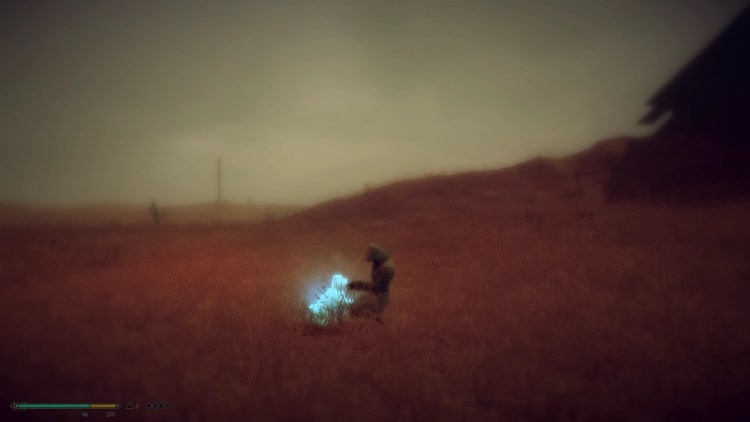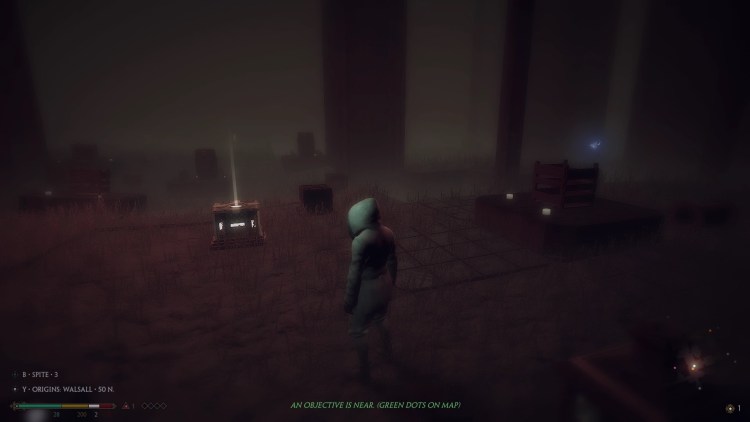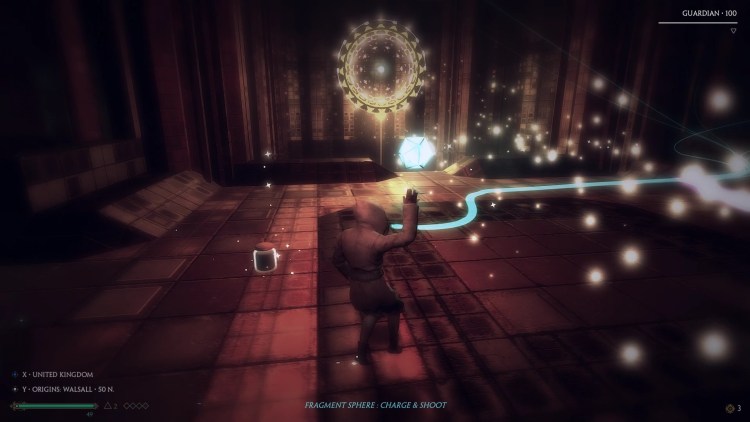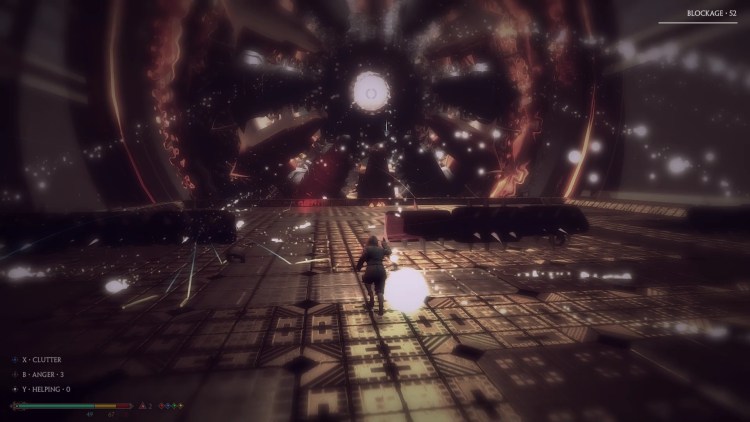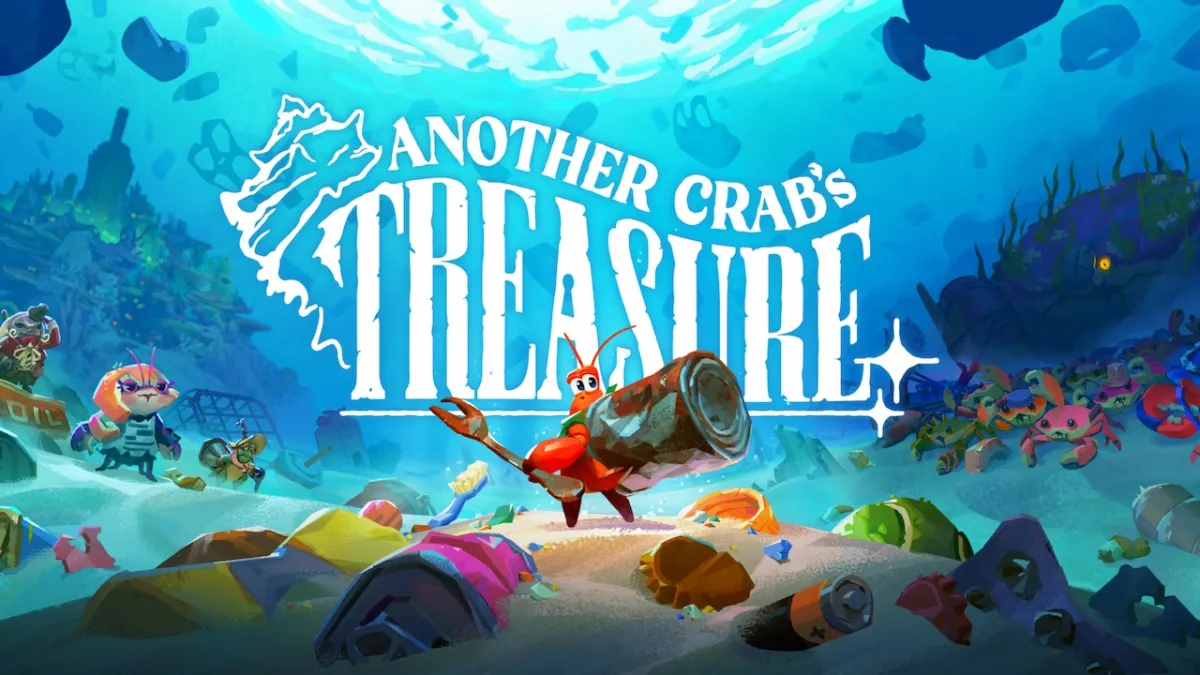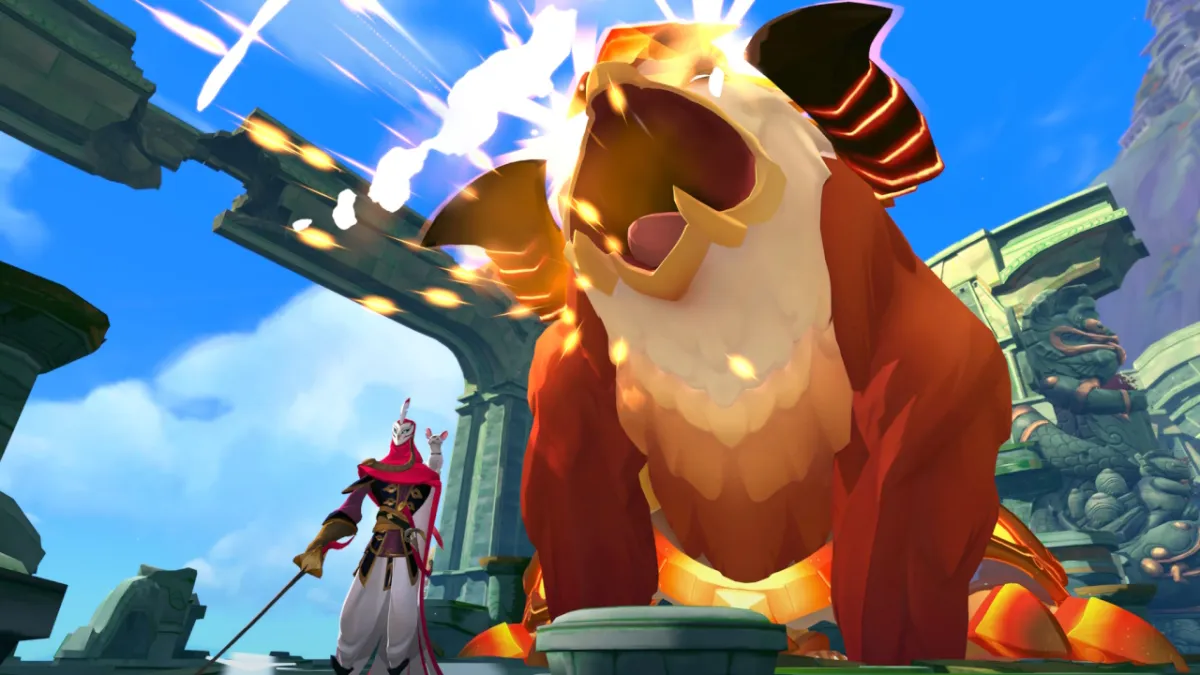There are games out there that try to do something no other game can replicate. It’s a difficult feat. After all, if a developer could just whip up a unique selling point that easily, every game you played would feel totally different from the last. Of course, we know that isn’t how the industry works, and sometimes trying to force an unusual design can backfire. This is the problem Jason Oda’s Waking fundamentally suffers from.
Waking’s internal fight
Waking is a third-person action game with a narrative twist. In-game you play yourself in a deep coma approaching the afterlife. After being given the opportunity to ascend to the afterlife, you reject it to fight for something more meaningful.
The stages in Waking are effectively parts of your buried conscience. You are tasked with gathering both your past memories and physical body parts in order to rebirth your very existence. It’s a wild concept that is certainly worth looking into, but its execution is up for debate.
Throughout the game, your abilities and party members are built based upon your real-life experiences. For example, early on you are asked to describe a dear pet. What species were they? What was their name? Which breed were they? Afterward, the game adds a follower to your party inspired by your real-life furry friend.
Given how easily gamers can get attached to pets in other games, you can imagine how cool it was to see my very own adorable little West Highland Terrier running alongside me. However, I doubt everyone will have the same experience.
The options for appearance are limited. I lucked out and one of the presets happened to look like a Westie, but other breeds don’t get representation. It’d definitely be frustrating to try and immerse yourself and then realize you can’t even have an accurate version of your dear pet running alongside you.
Regardless, the idea of living your own story is interesting. I just think that it’s such a bold choice of design because executing it is really difficult. People’s lives vary in far too many ways for a video game to ever cover. And that’s something that hurt my ability to truly immerse in Waking‘s narrative.
Getting lost in the mindscape
Perhaps the most frustrating gameplay element of Waking is the game’s inability to offer meaningful direction. The way levels are laid out and interlink to one another makes traversing them harder than it needs to be. This issue gets worse the further on in the game you get.
What’s strange is that Waking does sometimes offer a clear objective at the bottom of the screen — but not all the time, and that objective sometimes doesn’t even update properly when completed. Because of this, I often didn’t know if I was ready to move on or not.
Worst of all is Waking‘s overreliance on colors for its map interface. I’m trying my best here being told to go to the exit via the magenta dots on the map. Or if I have to complete a nearby objective, it’s shown by a green dot on the map. But with my being a colorblind player, differentiating between the often criminally close colors on that minimap is extremely frustrating. I found myself spending longer trying to navigate levels and figure out where to go than actually progressing to the next objective.
Fight for your life
Despite its relaxed, meditative design philosophy, the core gameplay of Waking is founded on fast-paced action. Both boss fights and brawls alike rely on the player staying on the move constantly whilst using various weapons to deal damage.
Your basic kit consists of a ranged projectile attack, a rapid melee attack, and the various abilities you collect from progressing through the story. Some of these abilities are just straight-up damage dealers whilst others are summons and support spells.
There’s a decent variety in fights, with some requiring defensive play styles where you must deflect shots back to eliminate an enemy. Others are more straightforward, tasking you with stunning an enemy and then meleeing them before they get back up.
Whilst these mechanics hardly reinvent the genre, they are always capable enough to avoid hindering Waking‘s selling point, its story. If I got damaged it was probably my fault, and that’s a system I can live with. It’s very rare during a fight that you’ll get hit and the game was to blame.
If there is one complaint I have, it’s that I don’t think you should have to constantly charge your melee attack. Every time you melee, it uses a charge-up that is built up by absorbing fragments dropped by enemies. Running out of melee mid-fight feels unnecessarily irritating whilst not adding much to the experience. I suppose there’s an extra element of resource management, but you already have limited charges on your special attacks anyway. I reckon that alone would have been enough.
Visuals and performance
It’s hard to criticize the visuals of Waking. This is a gorgeous indie game that showcases the very best in independent art talent the industry has to offer. It’d be difficult to find a screenshot of Waking where you couldn’t make it your desktop background.
Some areas are a little too dark for my tastes, but that does play in well with the whole coma narrative. And to be fair, a lot of the game is still bright, albeit not overly colorful. The greatest spectacle Waking has to offer is its boss fights that are a wonderful mix of stunning lighting effects and beautifully crafted environments.
Given these high-quality visuals, you might have some concerns regarding Waking‘s performance, but there’s little to worry about. The average FPS on my RTX 2060 leveled out at around 120. During more intense, action-heavy segments this dipped as low as 78 FPS, but these are few and far between. During slower cinematic segments, Waking consistently maintained well over 200 FPS.
Given the game’s minimum GPU requirement of any “dedicated video card,” I doubt many will run into any serious performance issues. Waking is a well-optimized game that should be able to run on a huge variety of systems.
Frustrating but not necessarily bad
Waking is one of the most frustrating games I’ve ever played because it’s so close to delivering on its promise of being an emotive, meditative experience. But it doesn’t. For every relaxing piece of dialogue, there’s an irritating level or a hidden exit to counter it. For every moment that puts a warm smile on your face, there’s something else that makes you want to hit your desk.
I see what the developer was trying to achieve, and deep down I really wanted to love this game. But in the face of its user interface oversights and sub-par level design, I’d be lying if I said that were the case. Regardless, if you are looking for something a little different and value story writing over gameplay functionality, there’s probably enough there for you to enjoy.

